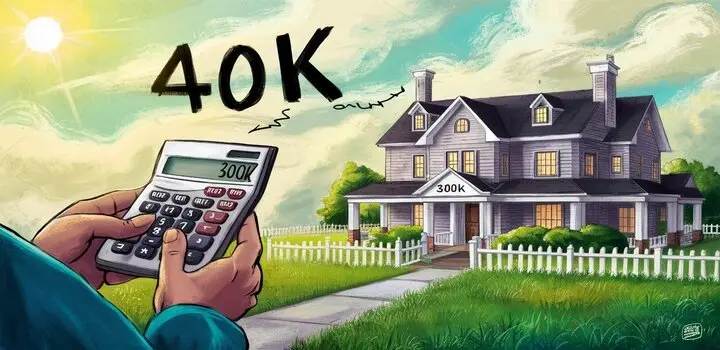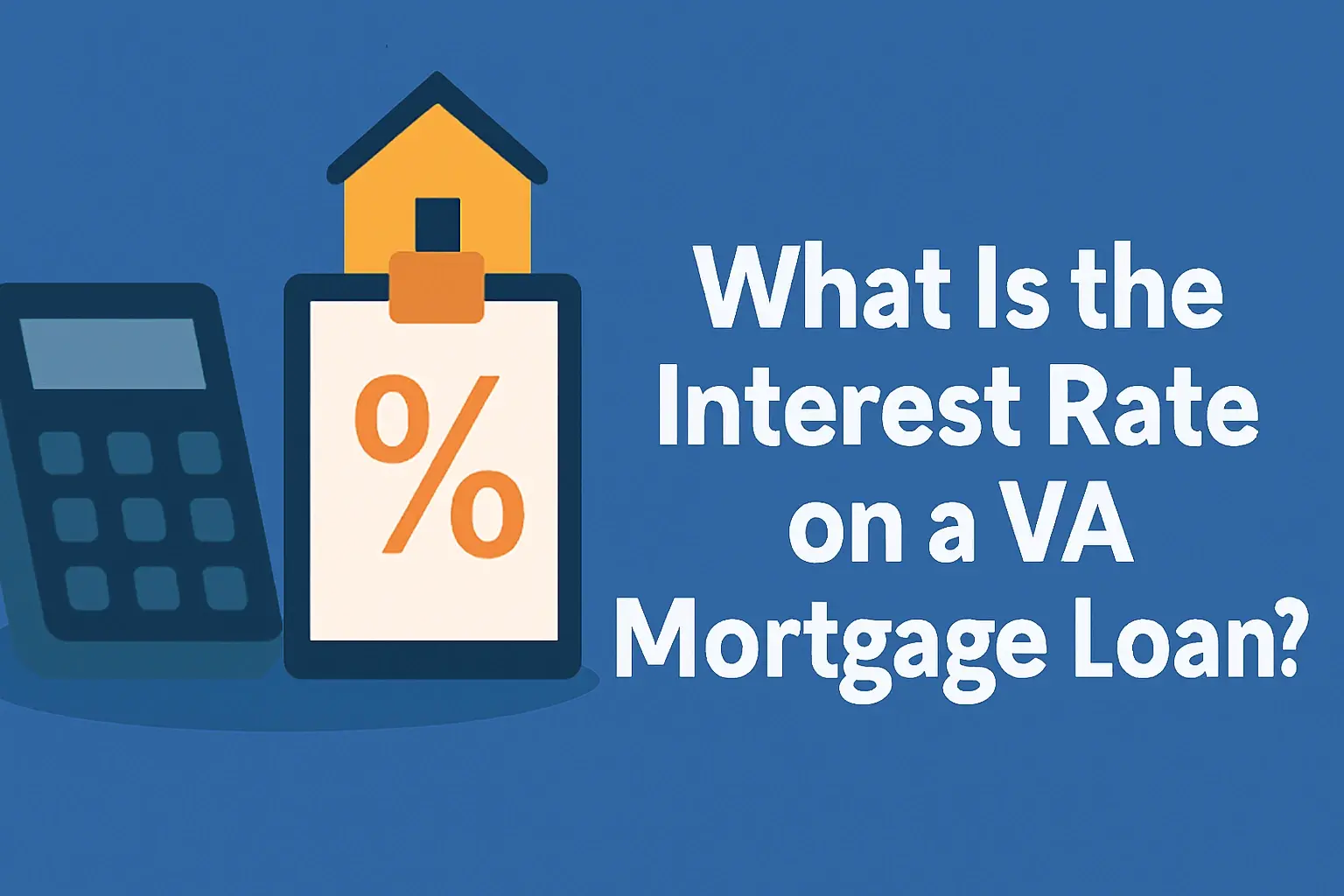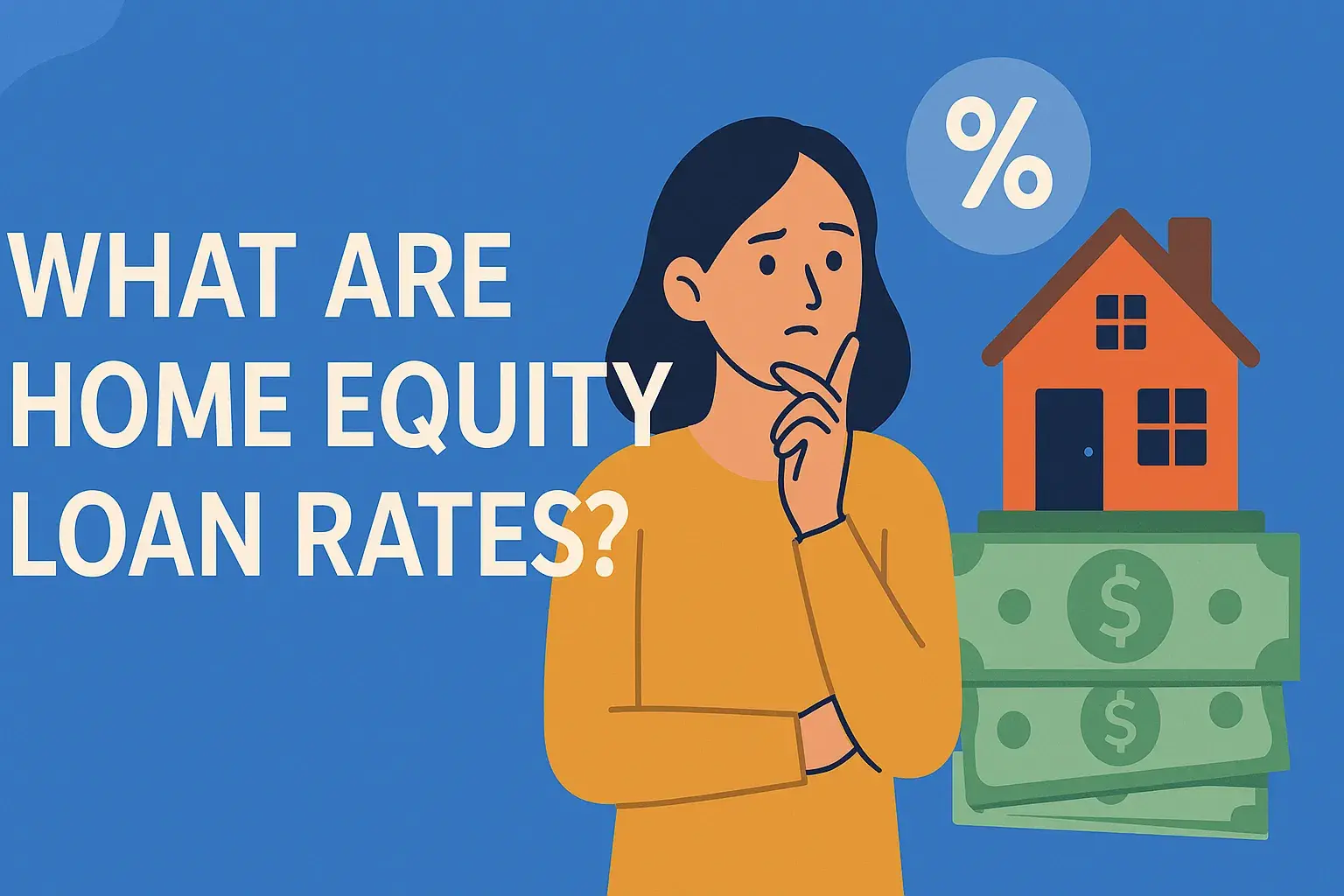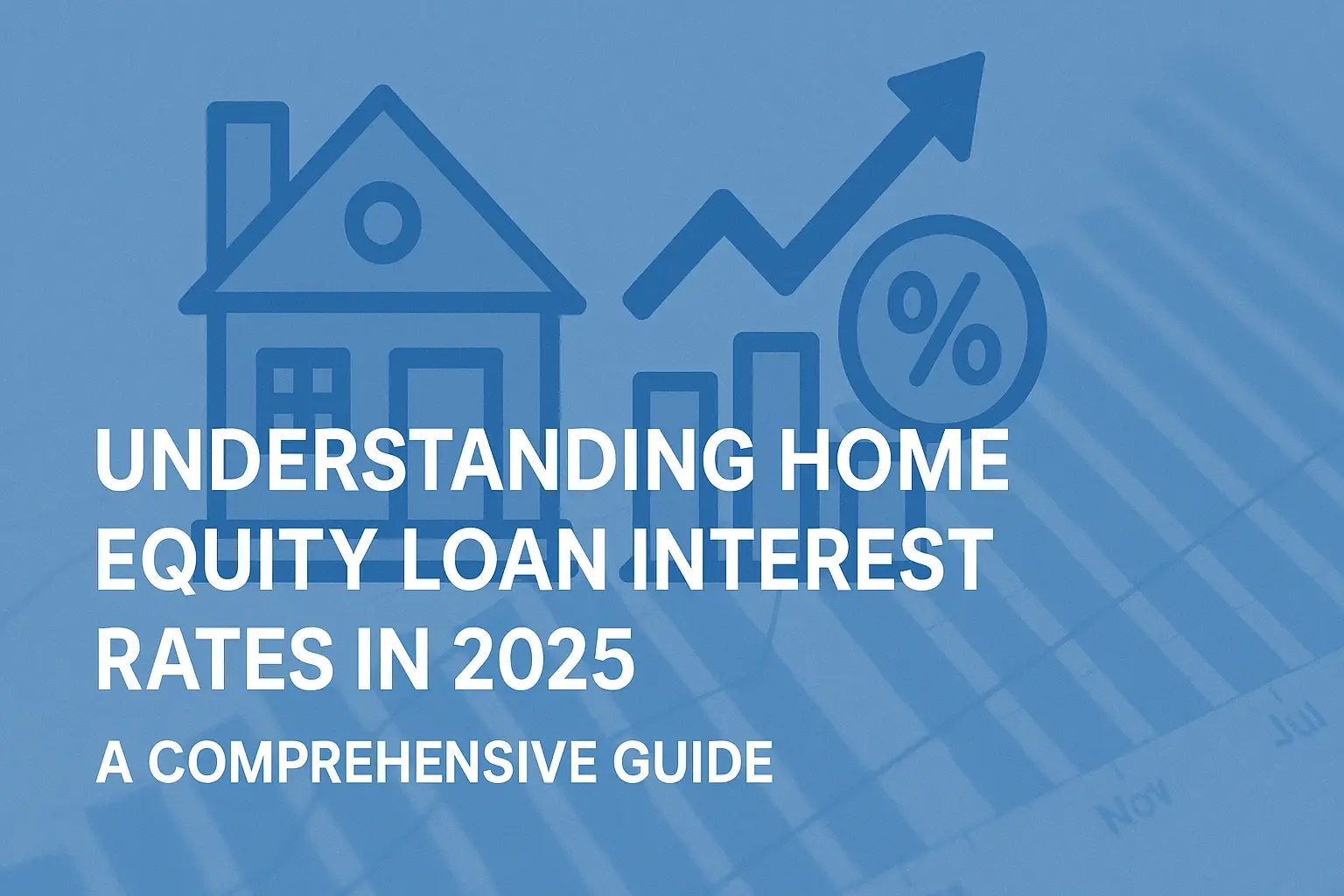-
Posted on: 01 Aug 2024

-
The dream of homeownership is a common goal, but understanding affordability is crucial before taking the plunge. A frequent question potential homebuyers ask is: "Can I afford a $300,000 house on a $40,000 salary?" The answer, as with most financial questions, isn't a simple yes or no. It depends on various factors, and this guide will break them down to help you determine your realistic affordability.
Understanding the Basics of Home Affordability
Several key elements influence whether you can comfortably afford a $300,000 home with a $40,000 annual income. These include:
- Debt-to-Income Ratio (DTI): This is a crucial metric lenders use to assess your ability to manage debt.
- Down Payment: The amount of money you put down upfront significantly impacts your monthly mortgage payment.
- Interest Rates: Fluctuating interest rates directly affect your mortgage payments and the overall cost of the loan.
- Property Taxes: These are levied by local governments and vary depending on location.
- Homeowners Insurance: Protecting your investment requires adequate insurance coverage.
- Private Mortgage Insurance (PMI): If your down payment is less than 20%, you'll likely need to pay PMI.
- Other Expenses: Don't forget ongoing maintenance, potential HOA fees, and closing costs.
Debt-to-Income Ratio (DTI): A Critical Factor
Your DTI is calculated by dividing your total monthly debt payments by your gross monthly income. Lenders generally prefer a DTI of 43% or lower, although some may accept higher DTIs depending on other compensating factors like a strong credit score or a large down payment. Let's look at an example:
With a $40,000 annual salary, your gross monthly income is approximately $3,333. A DTI of 43% means your total monthly debt payments, including the prospective mortgage, should not exceed $1,433.
Calculating Your Current DTI: List all your monthly debt obligations, including credit card payments, student loans, auto loans, and any other recurring debts. Divide the sum of these payments by your gross monthly income to determine your current DTI.
Example DTI Calculation:
Assume you have the following monthly debts:
- Credit Card Payment: $100
- Student Loan Payment: $300
- Auto Loan Payment: $200
Total Monthly Debt: $600
Gross Monthly Income: $3,333
DTI: ($600 / $3,333) * 100 = 18%
In this scenario, you have 25% ($433-$600) available in debt capacity. This allows you to potentially afford a mortgage payment of roughly $833 to max out at 43%. However, this calculation does not factor in the other expenses like taxes, insurance and PMI.
The Impact of Down Payment on Affordability
A larger down payment has several advantages:
- Lower Monthly Mortgage Payment: Reducing the loan amount directly reduces your monthly payments.
- Elimination of PMI: A down payment of 20% or more typically eliminates the need for Private Mortgage Insurance (PMI).
- Better Interest Rates: Lenders often offer more favorable interest rates to borrowers with larger down payments, as it signifies lower risk.
Saving for a significant down payment requires discipline and planning. Consider strategies like:
- Creating a Budget: Track your income and expenses to identify areas where you can save.
- Setting Savings Goals: Establish specific, measurable, achievable, relevant, and time-bound (SMART) savings goals.
- Automating Savings: Set up automatic transfers from your checking account to a savings account each month.
- Exploring Down Payment Assistance Programs: Numerous programs offer grants and loans to help first-time homebuyers with down payments.
Interest Rates and Their Effect on Mortgage Payments
Interest rates are a major factor in determining the total cost of your mortgage. Even a small change in the interest rate can have a significant impact on your monthly payments and the total amount you pay over the life of the loan.
Example:
Let's say you're taking out a $270,000 mortgage (after a $30,000 down payment) for 30 years.
- At a 6% interest rate: Your monthly payment (principal and interest) would be approximately $1,619.
- At a 7% interest rate: Your monthly payment (principal and interest) would be approximately $1,796.
The difference of 1% translates to an extra $177 per month, or $63,720 over the life of the loan. Therefore, shopping around for the best interest rates is crucial.
Strategies for Securing Lower Interest Rates:
- Improve Your Credit Score: A higher credit score demonstrates creditworthiness and can qualify you for lower rates.
- Shop Around for Mortgage Lenders: Compare rates and terms from multiple lenders to find the best deal.
- Consider an Adjustable-Rate Mortgage (ARM): ARMs typically offer lower initial interest rates, but they can fluctuate over time. (proceed with caution, considering the risk)
- Increase Your Down Payment: As mentioned earlier, a larger down payment can result in a lower interest rate.
Property Taxes, Homeowners Insurance, and PMI
These recurring costs significantly impact your monthly housing expenses.
- Property Taxes: Determined by your local government and vary depending on the assessed value of your property. Research the property tax rates in your desired location.
- Homeowners Insurance: Protects your home against damage from fire, theft, and other covered perils. Obtain quotes from multiple insurers to find the best coverage at the most competitive price.
- Private Mortgage Insurance (PMI): If your down payment is less than 20%, you'll likely be required to pay PMI, which protects the lender in case you default on the loan. PMI is usually paid monthly and can be eliminated once you reach 20% equity in your home.
Estimating These Costs:
Contact your local tax assessor's office to inquire about property tax rates. Obtain homeowners insurance quotes from various providers. Consult with a mortgage lender to estimate PMI costs based on your loan amount and down payment.
Other Homeownership Expenses to Consider
Beyond the mortgage payment, property taxes, insurance, and PMI, remember to factor in:
- Closing Costs: These include fees for appraisal, title insurance, loan origination, and other services.
- Maintenance and Repairs: Homeownership comes with ongoing maintenance and repair costs. Budget for routine upkeep and unexpected repairs.
- Utilities: Factor in costs for electricity, gas, water, and trash removal.
- Homeowners Association (HOA) Fees: If you purchase a home in a community with an HOA, you'll need to pay monthly or annual fees.
- Moving Expenses: The cost of moving can add up quickly. Obtain quotes from moving companies or budget for DIY moving expenses.
Crunching the Numbers: A Realistic Scenario
Let's assume you have a $40,000 salary, a $30,000 down payment (10%), a good credit score, and are considering a $300,000 house. Let's also assume the following:
- Interest Rate: 7%
- Loan Term: 30 years
- Property Taxes: 1% of home value annually ($250/month)
- Homeowners Insurance: $100/month
- PMI: 0.5% of loan amount annually ($100/month for a $270k loan)
- Monthly Debt (excluding mortgage): $600 (as per earlier calculation)
Here's an estimated breakdown of your monthly housing costs:
- Principal & Interest: ~$1,796
- Property Taxes: $250
- Homeowners Insurance: $100
- PMI: $100
- Total Monthly Housing Cost: ~$2,246
Adding your existing $600 debt payment, your total monthly debt obligations would be $2,846. Your gross monthly income is $3,333. Your DTI would be ($2,846 / $3,333) * 100 = 85.4%.
Conclusion: Based on this scenario, affording a $300,000 house on a $40,000 salary is likely unrealistic. Your DTI is far too high, making it difficult to qualify for a mortgage and manage your finances comfortably. This is due to the combination of a relatively low salary with high house prices, high interest rate and a low downpayment. However, if any of these variable changes (increase the salary, lower the interest rate, increase the downpayment), then the situation could be different.
Strategies to Improve Affordability
If the initial assessment suggests that a $300,000 house is currently unaffordable, here are some strategies to improve your situation:
- Increase Your Income: Explore opportunities for salary increases, promotions, or side hustles to boost your income.
- Reduce Your Debt: Focus on paying down existing debt, particularly high-interest debt like credit card balances.
- Increase Your Down Payment: Continue saving aggressively to increase your down payment.
- Improve Your Credit Score: Monitor your credit report and take steps to improve your credit score, such as paying bills on time and keeping credit utilization low.
- Consider a Less Expensive Home: Explore options for homes in a lower price range or in different locations.
- Delay Homeownership: If necessary, postpone your home purchase until you've improved your financial situation.
- Look into First-Time Homebuyer Programs: Many government and non-profit organizations offer programs and grants to assist first-time homebuyers.








